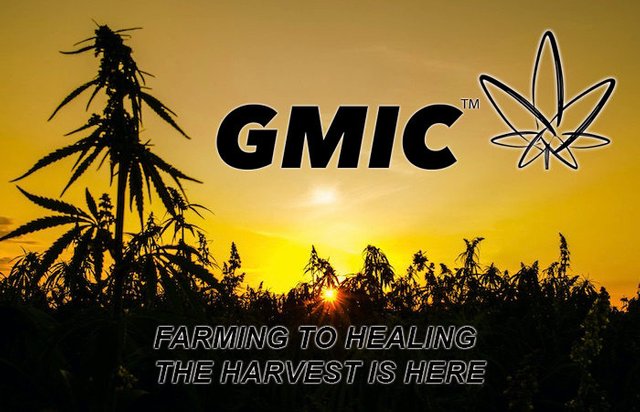Hemp is on the Decline is the US. Get the farmers back to the basics and pay them top dollar for their work
America has an increase in hemp production in America, however, falls very short to Canadian production as much as 4 to 1.

Seeded Acreage in Canada
As with many new crops, there has been considerable fluctuation in hemp production area. Figure 2 shows the variation in seeded was in Canada from 1998 to 2011. In 1998, the first year of Health Canada opening up the licensing process, about 241 licenses were issued. These licenses grew almost 5,927 acres (2,400 hectares) of hemp for industrial use. In 1999, the number of applications to grow hemp jumped dramatically to 545 with the area of hemp production increasing six-fold to nearly 35,086 acres (14,205 hectares). Much of this production was driven by the promise of the development of large-scale industrial fiber plants in Manitoba, which encouraged farmers to plant substantial hemp area in anticipation of the processing needs of these plants. None of the plants materialized, leaving farmers with large inventories of hemp straw. This led to a decline in the production area in 2000 and 2001 respectively.
Key Developments
Canadian industrial hemp production received a lot of attention in the early years. Advocates of hemp production painted a rather rosy picture for growth potential. However, the sudden demise of Consolidated Growers and Processors (CGP) Inc. of California left a large number of hemp growers in Manitoba sitting with a huge crop and nowhere to market it. This company was largely responsible for the rapid increase in acres in 1999 and the fallout in 2000.
The company created a lot of interest and hype for hemp among producers, particularly in Manitoba. The CGP contracted an estimated 40 percent of the total industrial hemp area licensed in Canada in 1999. However, the company went into receivership after failing to meet contractual obligations. This left the hemp producers with a huge surplus of hemp seed and fiber. This surplus was stored in warehouses and farmers’ bins, awaiting bankruptcy settlement. A considerable portion of the hemp crop did not get sold and producers had to absorb the losses. Thus, the negative events of 1999 brought a lot of skepticism and fear for the future growth potential of the hemp industry in Canada.
Another interesting development in 2007 was the collaboration between National Research Council Canada (NRC) and Naturally, Advanced Technologies (NAT) previously called Hemptown Clothing Inc. NAT has been working with the NRC Institute for Biological Sciences (NRC-IBS) to commercialize NRC developed enzyme technology for processing hemp fabric (enzymes are used widely in industrial applications for everything from pulp bleaching to meat tenderizers). The technology promises dramatically improved fiber quality (softer, whiter fabric) using environmentally friendly methods.
Since 2008 hemp cultivation in Canada has been increasing. This is buoyed by a steady increase in the processing of hemp and the development of many small businesses engaged in developing new products and marketing these products. In Alberta, work is well underway at Alberta Research Council (ARC) and Alberta Agriculture and Rural Development to evaluate hemp as a potential source of pulp and fiber. For example, a pilot decortication plant has been established through the Alberta Biomaterials Development Centre (ABDC) BioIndustrial Initiative. The pilot plant uses European equipment. It has the largest biomass processing pilot plant fractionalization capacity in North America.
Check out one of our sponsors http://shopcannabist.com

Currently, there are many Canadian companies – including Hemp Oil Canada Inc., Hempola Valley Farms, Fresh Hemp Foods Ltd., Ruths Hemp Foods, Cool Hemp, and Natures Path, etc. working to develop and market hemp seed products. These companies are all involved in the hemp seed market and are producing a wide range of products. These products are snack foods, hemp meal and flour, edible oil, shampoo and conditioners, moisturizers, commercial oil paints, beer and aromatherapy and cosmetic products. Most of the companies are reporting good growth.
Another trend worth noting is that the hemp food industry has switched to certified organic production because of strong demand. A few industry experts estimate that approximately one-third of Canadian hemp seed production is certified organic.
America needs to get on the ball and start to use its natural resources to bring a growing number of jobs back to America as well as become a leading producer of natural resources for American manufacturers.
Credit agriculture.gov ab Canada